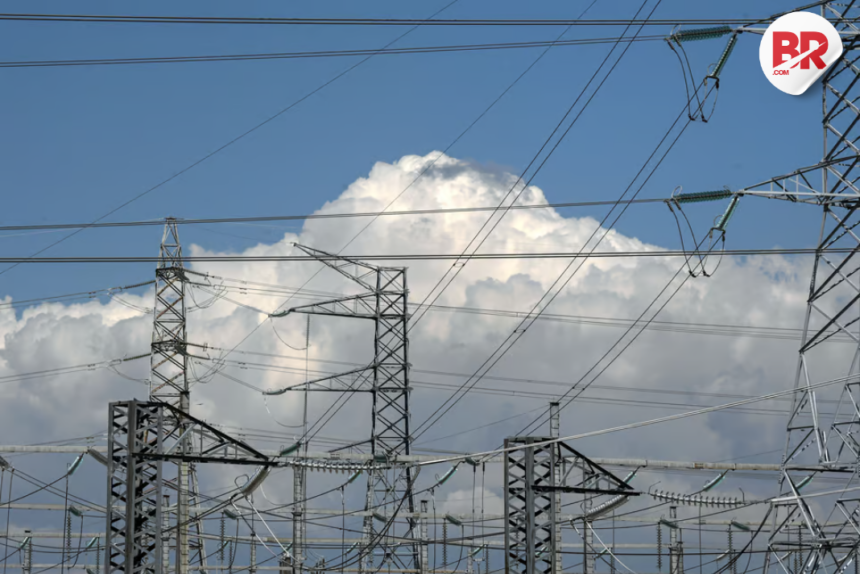
India’s electricity prices hit rock bottom in May—literally. On May 25, spot prices on the Indian Energy Exchange (IEX) touched zero rupees per unit during peak daytime hours.
This rare event came as a direct result of unseasonal rains and cooler temperatures that drastically reduced the need for air conditioning and other cooling appliances.

The impact? India’s projected peak power demand of 266 GW for May never materialized. Instead, demand peaked at just 231 GW until May 26. Overall consumption for the month dropped around 4% year-on-year. That’s a big miss for a country where power demand usually climbs steadily at a 6% CAGR.
What Does This Mean for the Average Person?
For everyday users and commercial buyers, this is a win—at least in the short term. Lower demand meant more electricity on the market, and basic economics kicked in.
Discoms (power distribution companies) grabbed the cheapest power available—mostly renewables—over costlier thermal options. This cost cut at the supply level could mean more stable bills, even with summer heat peaking in other parts of the country.
But don’t throw a party just yet. While zero-price electricity might sound like a dream, it’s also a warning bell for energy planning—and for renewable players betting big on a hot summer.
Also Read Premium Cars, Yoga Visas, and More: What India-UK FTA Means for You
Power Markets Flipped on Their Head
Data from IEX showed the real-time market averaged just ₹0.56 per unit between 9:15 AM and 2:30 PM on May 25. That day, the overall daily average price dropped to ₹1.53. Across May, real-time prices fell 25% year-on-year, settling around ₹3.56 per unit. Even the day-ahead market saw an 18% drop YoY.
These aren’t normal numbers. In fact, India rarely sees electricity oversupply at this scale. Rohit Bajaj, Joint MD of IEX, told Moneycontrol that this reflects a unique supply-demand mismatch—and one that gave exchanges a shot in the arm through higher trading volumes.
Also Read European Firms Cut China Investments as Economic Pressures Mount
A Boon for Bills, a Bummer for Renewables?
While discoms enjoy this flexibility, it’s not all sunny skies. IIFL Capital warned that persistent low spot prices could discourage renewable energy investments. Slower signing of power purchase agreements, delays in project execution, and even job hits across the clean energy value chain could follow.
The Ministry of Power, however, isn’t hitting the panic button yet. A senior official said they plan to reassess the projected peak of 270 GW for this year, especially with monsoons arriving ahead of schedule. “We’ll review the situation with CEA,” the official confirmed.
When power gets too cheap, someone always pays—just not the consumer. This surprise weather twist has exposed the cracks in India’s seasonal demand forecasting. And while we cheer cheaper units, the power sector now needs to adjust its sails quickly.
Too much power. Too little demand. Welcome to India’s accidental energy surplus. It’s rare, it’s messy, and it could change everything from your bills to the next solar project.
Also Read How Jupiter Electric Mobility’s 300 JEM TEZ EVs Are Quietly Changing India’s Delivery Game












